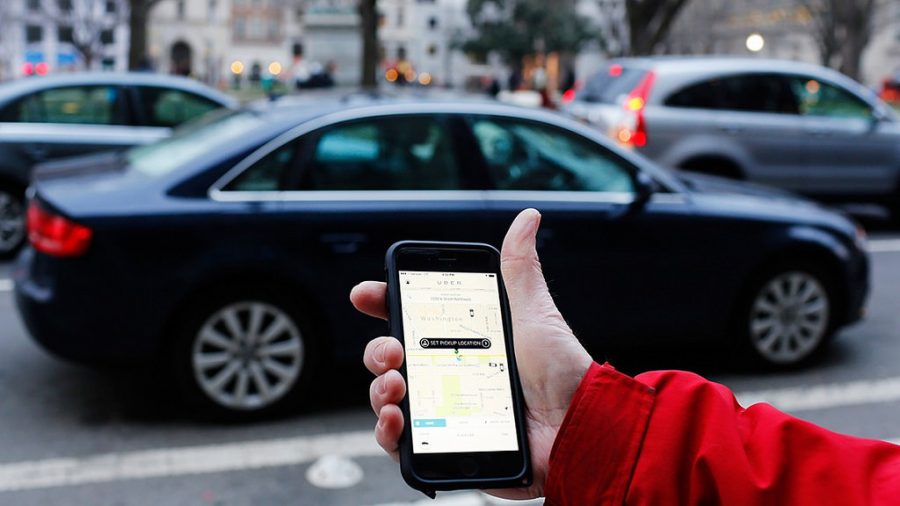Ride sharing apps provide cheap alternatives
Apps like Uber provide a cheap and safe alternative to driving.
April 8, 2019
We’re all guilty of trying to find the cheapest option to get from one place to another, whether it be through Uber or Lyft, but are these modes of transportation really the best option?
Uber and Lyft are on demand transportation companies that, in the past couple of years, have risen to the top of the car service food chain, even overcoming the reliable taxicab and many other car services. Some people living in big cities have even given up on cars and have instead turned to taking an Uber or Lyft to work every day.
According to a 2018 Crunchbase News article, Uber’s operating costs came to a total of 2.2 billion dollars and as their costs add up to 700 million dollars greater than their available gross profit, they are losing money.
The fact that the company is losing money, and enormous amounts of it, should be concerning to regular users. The service could easily go bankrupt and hundreds of thousands would lose their only source of income or their main use of transportation.
On top of the fact that Uber’s costs are greater than their revenue, the majority of people don’t realize how inefficient being an Uber or Lyft driver is.
According to a Mar. 5 Washington Post article, a journalist spent a week driving for Lyft. In that week he drove for 50 hours but only spent 14 of those hours with passengers.
Not only does this show the amount of time that is wasted with the driver circling around for passengers, but it also shows the waste of gas, which the driver has to pay for. This is negligent for a company that promises to create more job opportunities as drivers are not earning nearly enough to cover car or living costs if driving is their only source of income.
While Uber and Lyft may be the biggest contributors to this issue, customers are also causing a problem for drivers. A finance blogger going under the name “Mr. Money Mustache” decided to become an Uber driver to discover what really happens behind the scenes.
According to a 2017 Market Watch article, “Mr. Money Mustache” would frequently have people who would order an Uber, but still be in their apartment building when he arrived, forcing him to wait, all for a fare with gross earnings under four dollars.
In addition to being forced to wait for their riders, drivers also spend a large fraction of their time waiting for people to request rides. The time adds up with the driver draining their gas tank and not earning nearly as much as they deserve.
According to a Mar. 5 Washington Post article, once these companies burn through their investment money, they’re going to have to charge riders what their trips are actually worth and customers will be in for a shock from the price surge.
People are already scrambling to find the cheapest rides with Uber’s Express Pool option and Lyft’s Shared Saver option, and when the cost increases, the amount of people using these transportation companies will decrease dramatically. When this happens, many drivers and company employees will lose their jobs, and this whole system will be one giant mess.
There is no easy solution to this problem, but just by informing customers of the hardships drivers have to face, customers should be more considerate to their drivers by making sure they are at the correct location when the driver picks them up and tipping their driver the appropriate amount.


